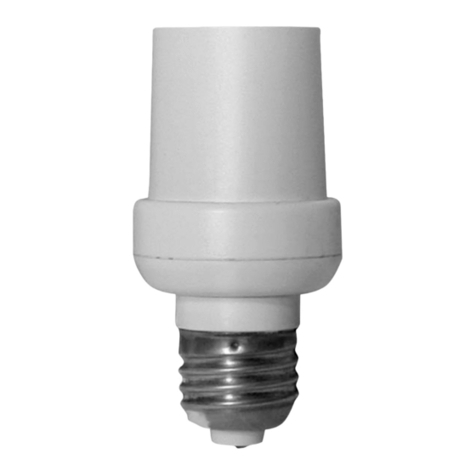Marmitek LWM1 User manual
Other Marmitek Control Unit manuals
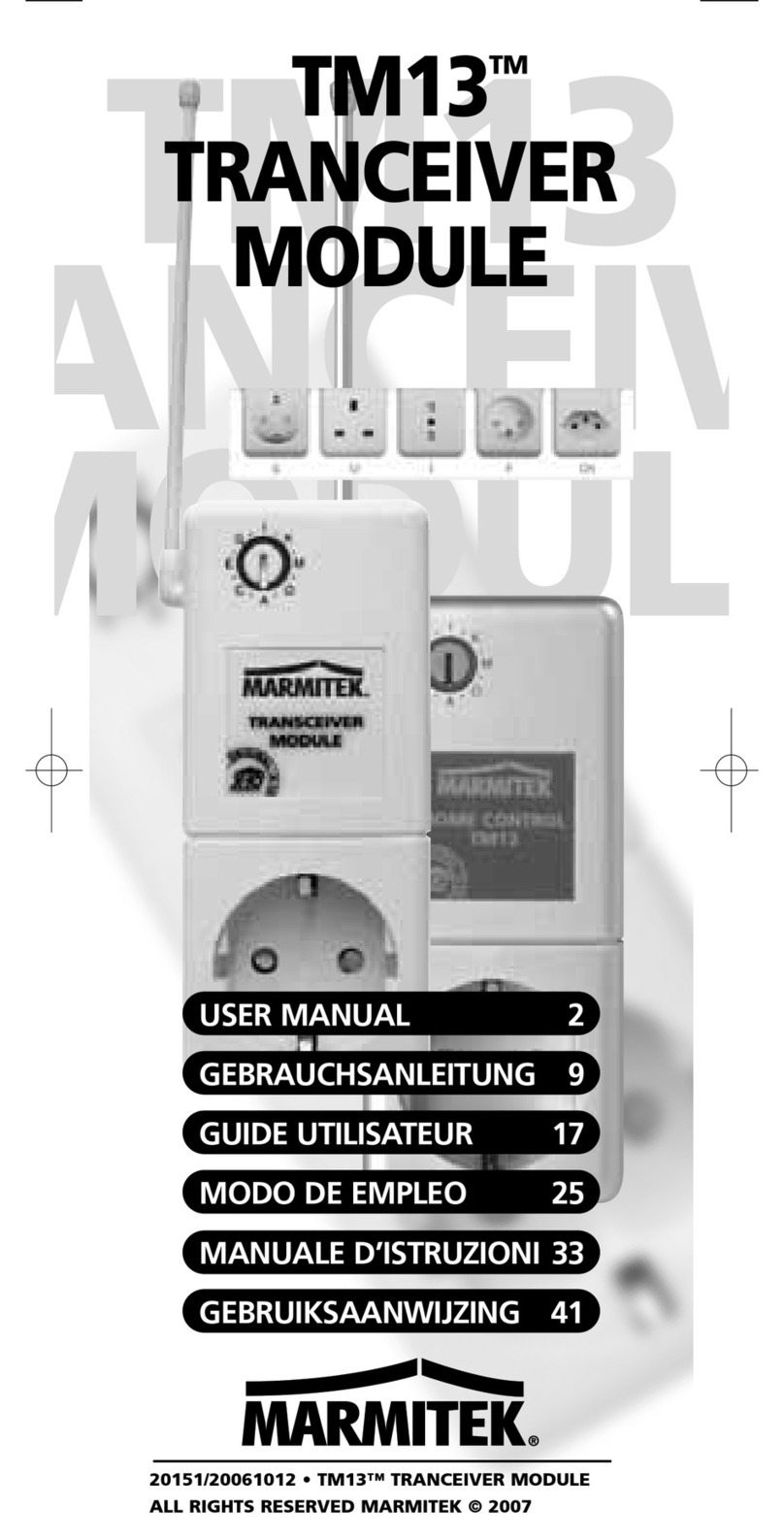
Marmitek
Marmitek Home Control TM13 User manual

Marmitek
Marmitek LW12 User manual
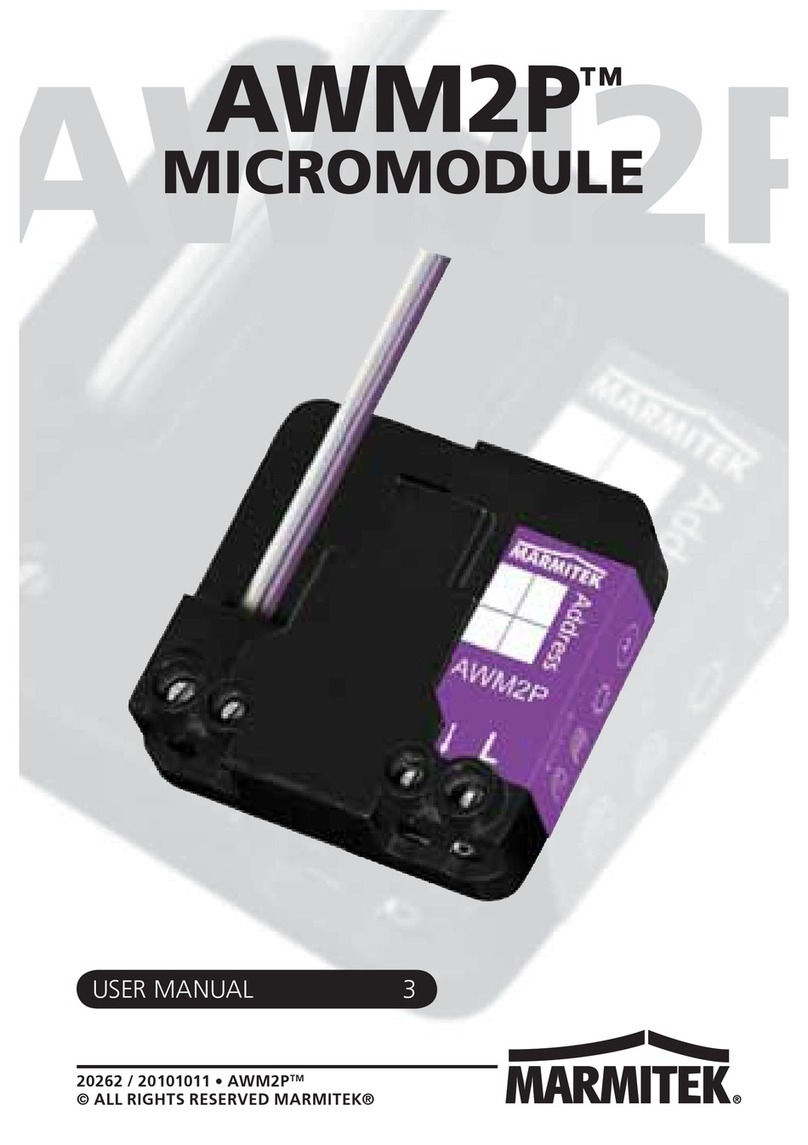
Marmitek
Marmitek AWM2P User manual

Marmitek
Marmitek AMM31 User manual

Marmitek
Marmitek W home TM13AU User manual
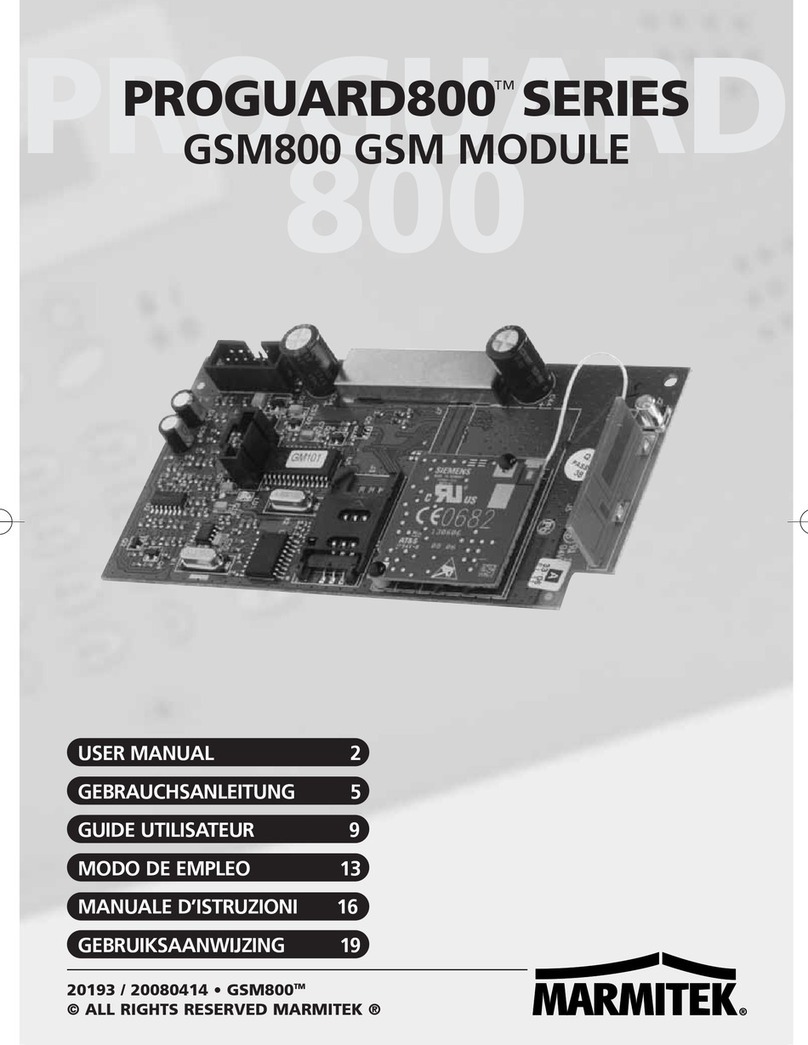
Marmitek
Marmitek PROGUARD800 Series User manual

Marmitek
Marmitek AMM32 User manual
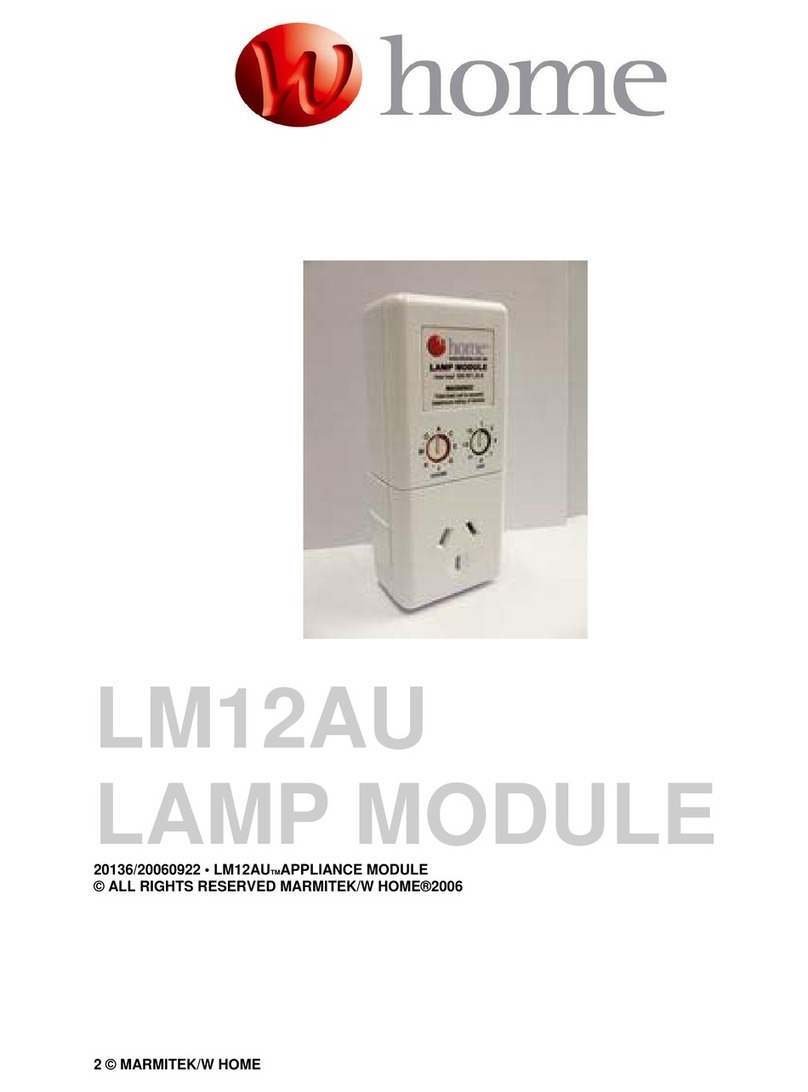
Marmitek
Marmitek LM12AU User manual
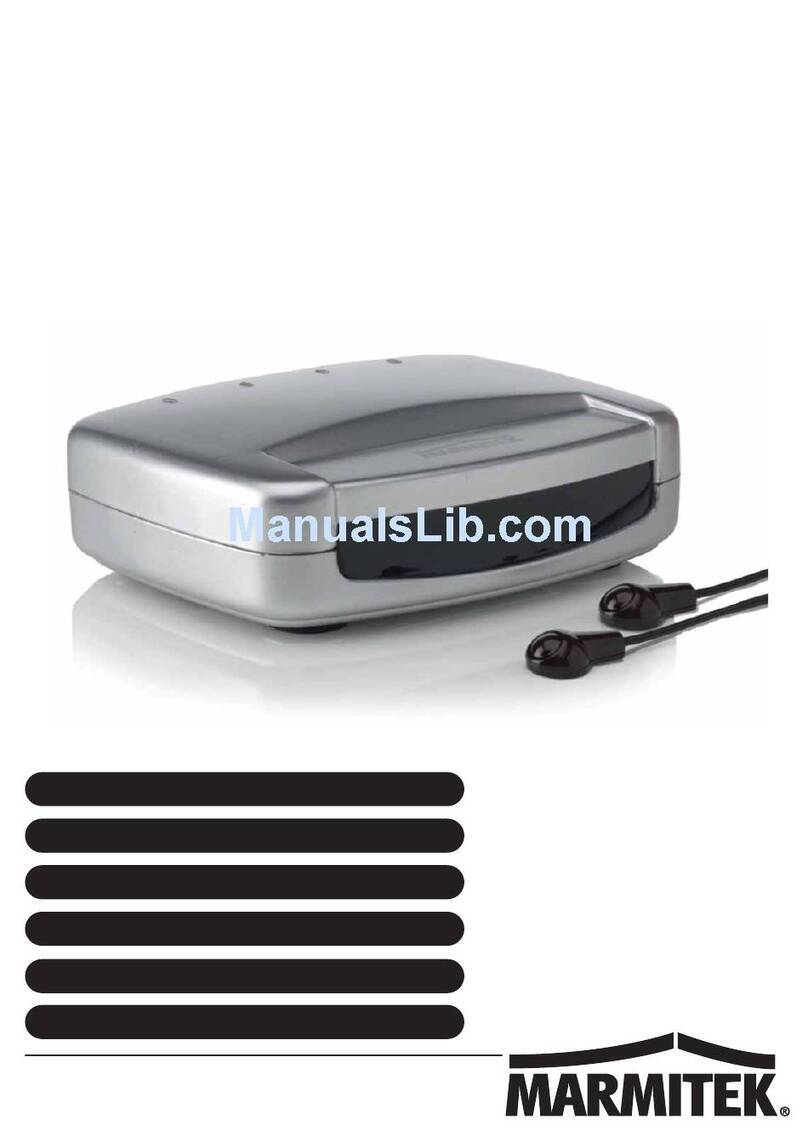
Marmitek
Marmitek Invisible Control 2 User manual
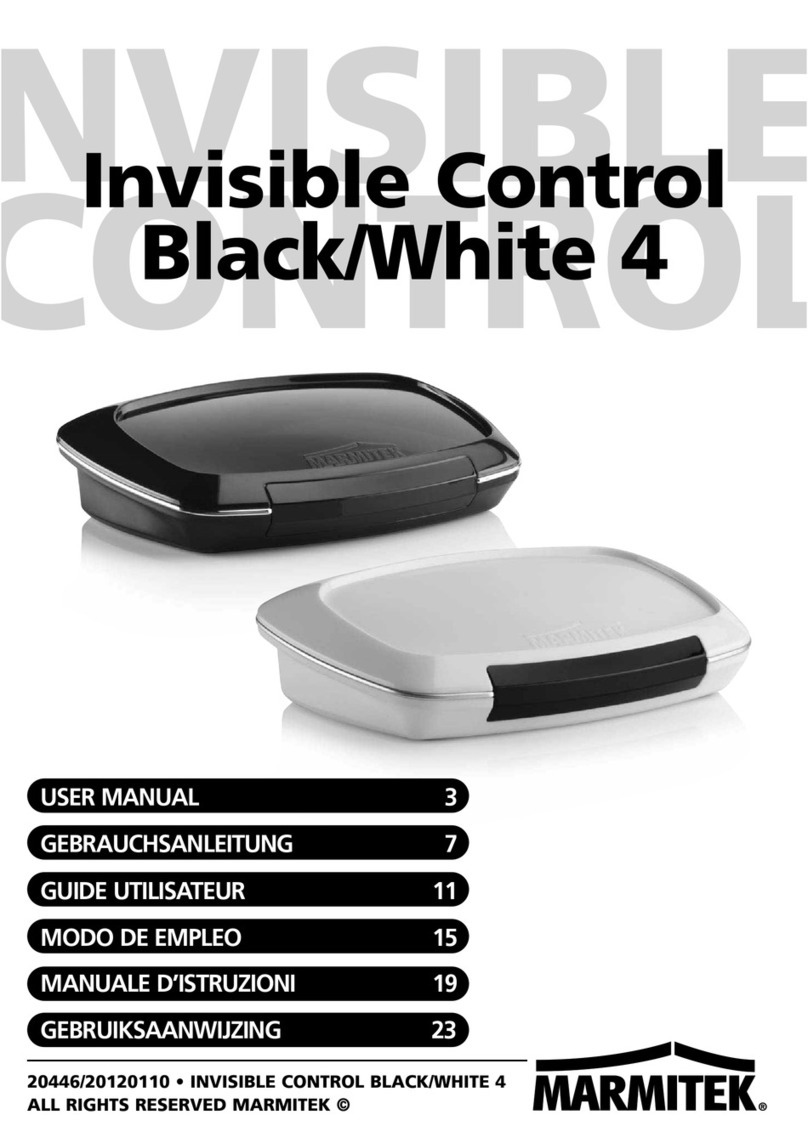
Marmitek
Marmitek Invisible Control Black4 User manual
Popular Control Unit manuals by other brands

Festo
Festo Compact Performance CP-FB6-E Brief description

Elo TouchSystems
Elo TouchSystems DMS-SA19P-EXTME Quick installation guide

JS Automation
JS Automation MPC3034A user manual

JAUDT
JAUDT SW GII 6406 Series Translation of the original operating instructions

Spektrum
Spektrum Air Module System manual

BOC Edwards
BOC Edwards Q Series instruction manual

KHADAS
KHADAS BT Magic quick start

Etherma
Etherma eNEXHO-IL Assembly and operating instructions

PMFoundations
PMFoundations Attenuverter Assembly guide

GEA
GEA VARIVENT Operating instruction

Walther Systemtechnik
Walther Systemtechnik VMS-05 Assembly instructions

Altronix
Altronix LINQ8PD Installation and programming manual
